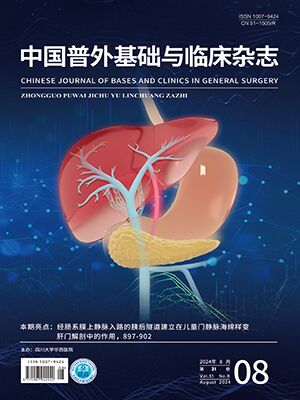To study of plasma lipoprotein cholesterol and effects of these changes on bile acids and cholesterol in bile during gallstone formation in rabbit model. This gallstone model was induced by high cholesterol diet (HCD). The rabbits were divided into five groups and there were ten animals in each group. The plasma highdensity lipoprotein cholesterol (HDL-C) and its subgroups (HDL2-C, HDL3-C), low-density lipoprotein cholesterol (LDL-C), very low-density lipoprotein cholesterol (VLDL-C), total cholesterol, triglyceride, phospholipid, bile acids and cholesterol of bile were investigated in different time. The results were as follow: ①As the time of feeding HCD passed by, the plasma total cholesterol, LDL-C and VLDL-C increased markedly (3-week group and 4-week group vs control group, P<0.05). Though the plasma HDL-C and its subfractions HDL2-C and HDL3-C did not change significantly, the function of HDL in transporting plasma cholesterol decreased markedly (from 80.00% to merely 3.68%); ②Cholesterol in bile increased gradually and there were significant differences when 3-week group and 4-week group comparing with control group. The concentration of GDCA and GCA in bile changed slightly (P>0.05). These results suggest that the changes of plasma lipoprotein cholesterol may affect the metabolism of cholesterol and bile acids and it may take an important role in the formation of gallstone.
Citation: Shu Ye,Zhao Jichun,Zhang Mingyi,et al.. AN EXPERIMENTAL STUDY ON THE RELATIONSHIP BETWEEN PLASMA LIPOPROTEIN CHOLESTEROL AND GALLSTONE FORMATION. CHINESE JOURNAL OF BASES AND CLINICS IN GENERAL SURGERY, 1999, 6(2): 65-67. doi: Copy




